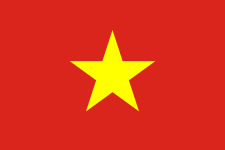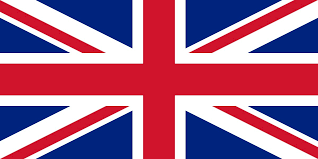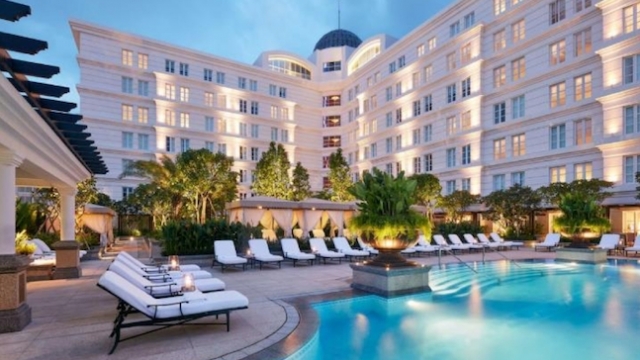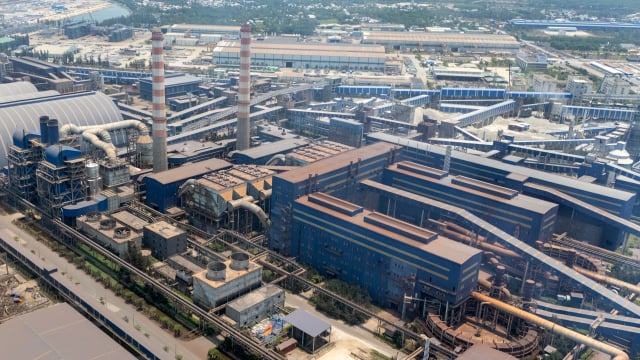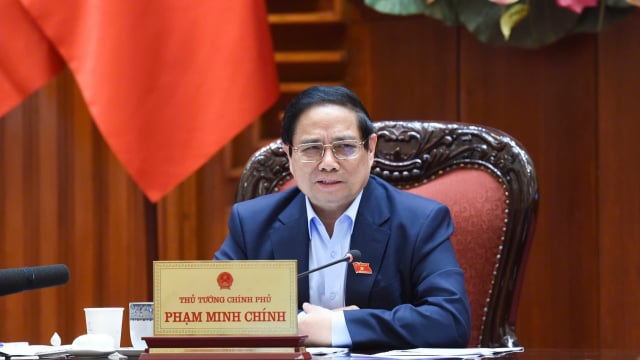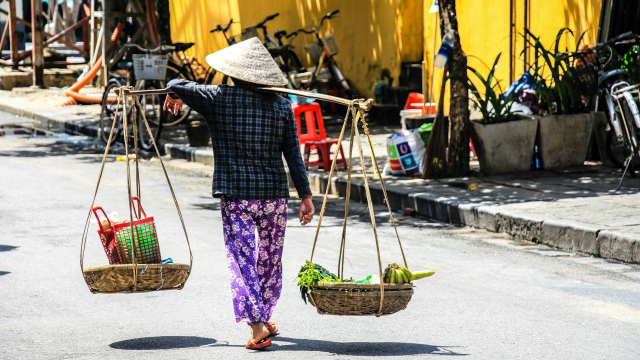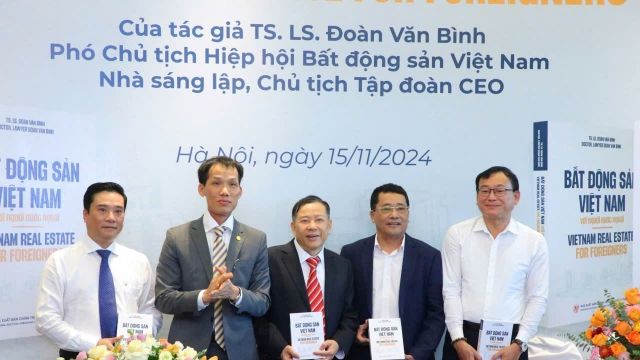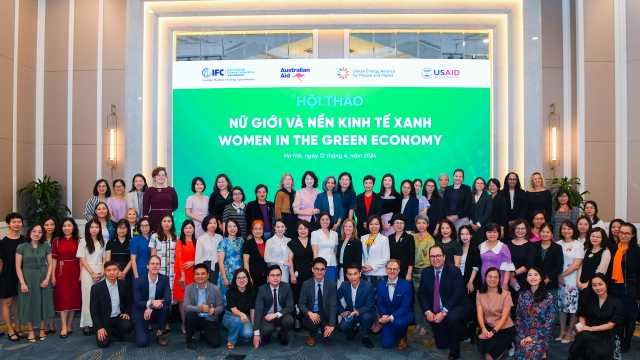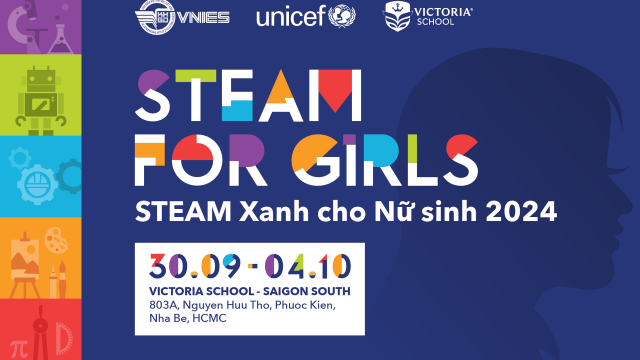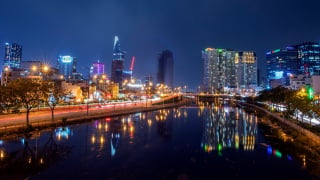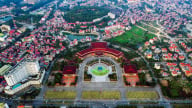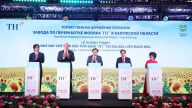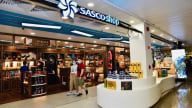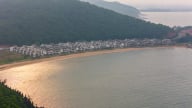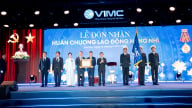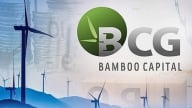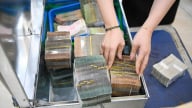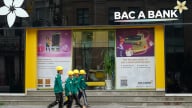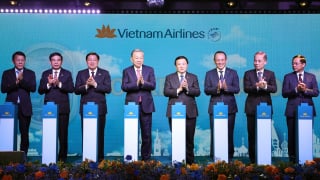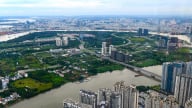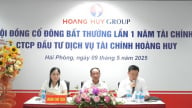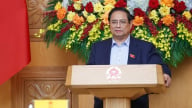National Focus
Four factors could cast a shadow over Vietnam’s tourism recovery
A dearth of Chinese tourists, historically accounting for one-third of total arrivals, also suggests that the near-term boost of Vietnam’s tourism maybe muted.
As part of its first phase of tourism revival, Vietnam will open only five tourist destinations, including Phu Quoc island, Danang, Quang Nam (where Hoi An is), Khanh Hoa (Nha Trang beachtown) and Quang Ninh (Halong Bay) from November.
In particular, Phu Quoc island will open from 20 November as a pilot programme for fully vaccinated tourists on charter flights.
In the second phase, tourists will be allowed to travel among these five areas from January 2022, suggesting that the first-stage opening will only be sealed routes. The last phase will see a full re-opening of mass tourism.
While it is encouraging to see Vietnam’s first steps towards targeted re-openings, uncertainty prevails in times of pandemic, and a successful tourism revival will depend on multiple factors, HSBC stressed in its newest update.
The first consideration is border rules. This means not only that Vietnam’s border restrictions matter, but that outbound countries’ border controls matter equally.
For example, a lack of Chinese tourists implies that the expected short-term boost may be limited, as China still has strict border controls, with a minimum 14-day hotel quarantine, plus additional days of home quarantine/self-monitoring, depending on local rules.
Meanwhile, how the pandemic evolves is also important. While Vietnam’s daily infections have fallen dramatically by 70 per cent from their peak in mid-August, there are signs of surging cases again.
On a 7-day moving average basis, daily cases have been rising by around 5000 of late, a rapid 50 per cent increase compared with just two weeks ago.
While cases are still concentrated in the southeast region, like Dong Nai, Binh Duong, and Ho Chi Minh City – which are not included in the tourist pilot programme, lingering Covid-19 risks may cultivate risk-averse sentiment for both tourists and local authorities.
Apart from rising infections, Vietnam’s low vaccination rate is the other part of the equation.
While the country, with a 22 per cent full vaccination rate nationwide, still lags behind regional peers, it has ramped up its vaccination pace since the third quarter, prioritising key tourist destinations and industrial hubs.
All tourist destinations, with the exception of Quang Nam and Danang, have fully vaccinated at least 80 per cent of their populations. That said, how to facilitate domestic movements while limiting potential virus risks between these five areas and the rest of the country remains to be determined.
In addition, further efforts to resume international flights are needed to boost tourism.
Flights have been largely cancelled since the beginning of the pandemic and, even after the most recent lockdowns are gradually lifted, there is still a long way to reach pre-pandemic levels.
That said, this cloud has a silver lining in that Vietnam has rushed to accept vaccine certificates from 72 economies and develop new airline routes to attract alternative sources of tourists.
From November, Vietnam Airlines is set to launch its first non-stop regular commercial flight to the US, while Bamboo Airways will introduce direct flights to the UK from January 2022.
The country’s Ministry of Transport is also preparing a plan to resume international flights.
Staycation saves tourism industry amid Covid-19
Resolution 68: A turning point in Vietnam's private sector policy
As Vietnam sets its sights on becoming a high-income country by 2045, Resolution 68 lays a crucial foundation. But turning vision into reality requires not only good policy - but also unwavering execution, mutual trust and national unity.
Vietnam plans upgrade of Gia Binh airport to dual-use international hub
Vietnam plans to upgrade Gia Binh Airport in Bac Ninh province into a dual-use international airport to support both military and civilian operations, the government said on Friday.
Lives under the scorching sun: Outdoor workers racing against climate change
Under unforgiving conditions, the outdoor workers - the backbone of urban economies - endure the harshest impacts of climate change while remaining overlooked by social safety nets. Their resilience and struggles highlight the urgent need for better protection in the face of rising temperatures and precarious livelihoods.
CEO Group chairman unveils guide to Vietnam real estate for foreigners
Doan Van Binh, Chairman of CEO Group and Vice President of the Vietnam National Real Estate Association, introduced his latest book, “Vietnam Real Estate for Foreigners,” at a launch event in Hanoi on Friday.
Women leading the charge in Vietnam's green transition
Acting for increased women’s participation and leadership in climate action, Vietnam can accelerate a transition that is more inclusive, just, and impactful.
Steam for girls: A journey of passionate and creative girls
The "Steam for girls 2024" competition provides a creative platform for Steam and an opportunity for students to connect with peers from various regions within Vietnam and internationally.




